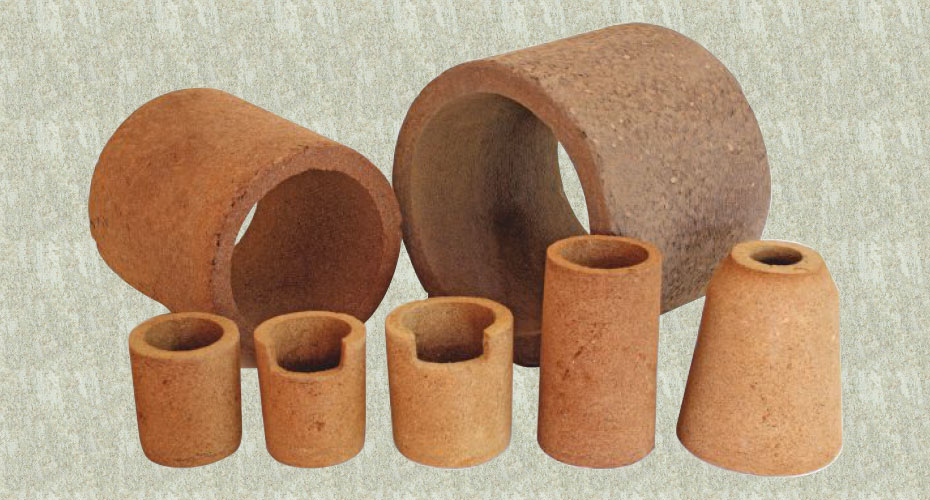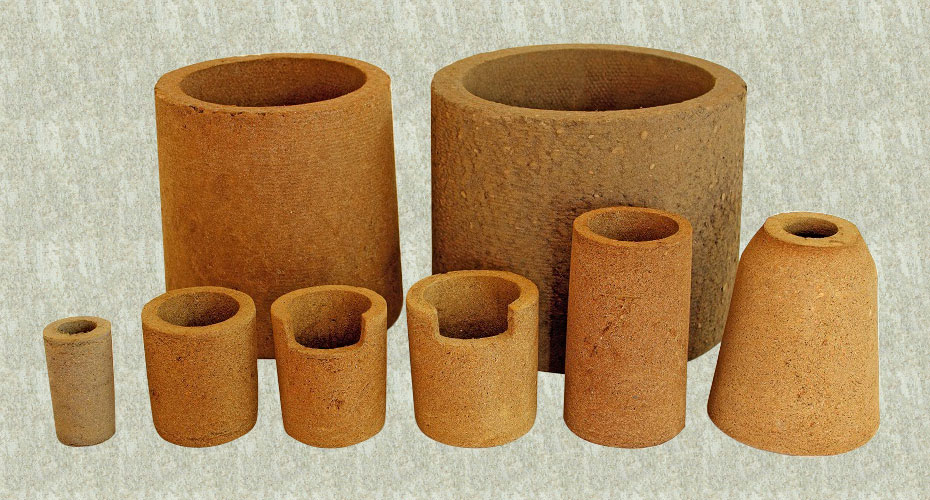What is the difference between exothermic and insulating sleeves?
Introduction:
In various industrial processes, the control and management of temperature play a crucial role in ensuring optimal performance and safety. Two common tools used to regulate temperature in this context are exothermic sleeves and insulating sleeves. Although they may seem similar at first glance, these sleeves serve different purposes and are designed to address specific thermal requirements. This article aims to shed light on the key differences between exothermic and insulating sleeves, their applications, and their significance in various industries.
Exothermic Sleeves:
Exothermic sleeves, also known as exothermic heat sleeves or exothermic risers, are widely used in foundry and casting applications. Their primary function is to provide a localized heat source during the solidification process of molten metals. These sleeves are typically composed of a mixture of exothermic materials such as metal powders, oxidizers, and other additives. When the molten metal comes into contact with the exothermic sleeve, a chemical reaction is triggered, generating heat.
The exothermic reaction within these sleeves produces a controlled amount of heat that compensates for heat loss during solidification. This helps maintain the molten metal’s temperature, ensuring proper filling of the mold and preventing defects like shrinkage or porosity. Exothermic sleeves are specifically designed to transfer heat from the sleeve to the surrounding casting material efficiently. As a result, they enhance the overall solidification process, improve casting quality, and reduce scrap rates.
Insulating Sleeves :

Insulating sleeves, also referred to as ceramic sleeves or insulating risers, serve a different purpose compared to exothermic sleeves. These sleeves are designed to minimize heat transfer and act as thermal barriers between the molten metal and the surrounding environment. Insulating sleeves are typically made of ceramic materials with low thermal conductivity.
By creating a thermal insulation layer, these sleeves restrict heat loss from the molten metal, allowing it to remain in a liquid state for a longer period. This extended liquid phase enables better feeding of the casting and reduces the risk of defects caused by premature solidification. Insulating sleeves also minimize the temperature gradient within the casting, ensuring uniform cooling and reducing residual stresses.

Applications and Significance :
Exothermic sleeves find extensive application in the foundry industry, particularly in the casting of heavy metals such as steel or iron. Their ability to generate heat compensates for the heat dissipation during solidification, enabling successful casting with improved dimensional accuracy and reduced defects. Exothermic sleeves are commonly used in processes like investment casting, sand casting, and continuous casting.
On the other hand, insulating sleeves are widely employed in various casting processes that require controlled solidification, such as investment casting and die casting. By minimizing heat loss, insulating sleeves allow for the production of complex geometries and thin-walled castings. They are especially beneficial for materials with high solidification shrinkage, preventing defects like hot tears or cracks.
Conclusion:
While both exothermic and insulating sleeves are utilized in industrial processes to manage temperature, their underlying principles and functions differ significantly. Exothermic sleeves provide controlled heat release to compensate for heat loss during solidification, ensuring successful casting. Insulating sleeves, on the other hand, act as thermal barriers, reducing heat transfer and extending the liquid phase of the molten metal. Understanding the differences between these sleeves is crucial for selecting the appropriate solution for specific casting requirements and achieving high-quality results in diverse manufacturing applications.
